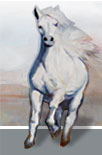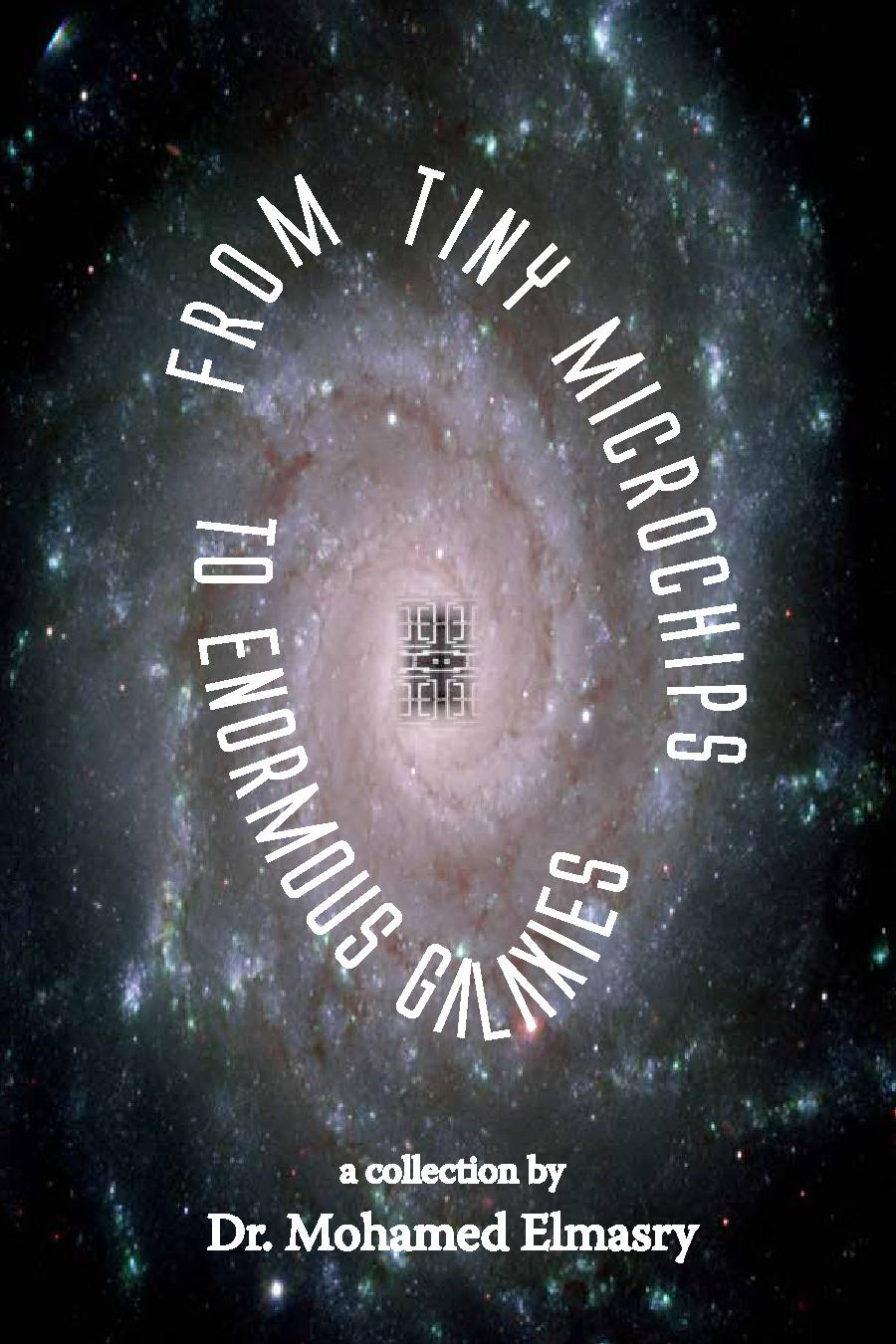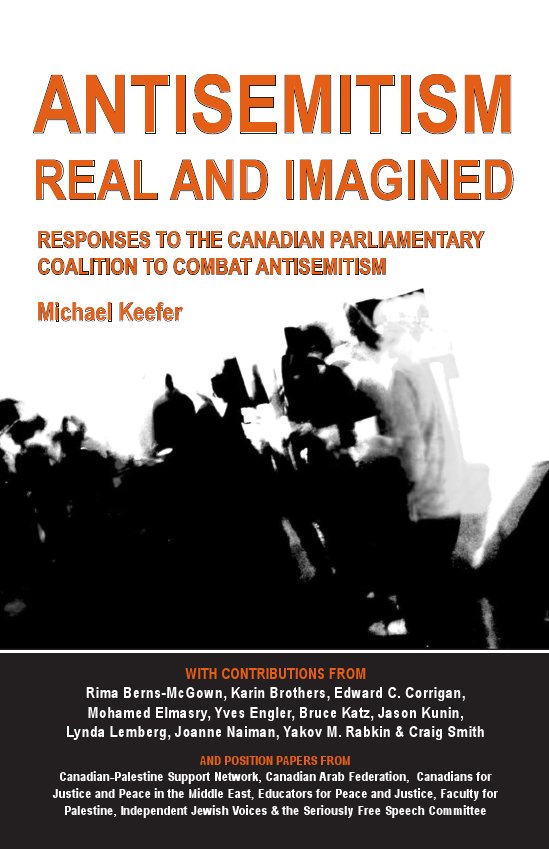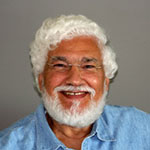September 8, 2013
From Yugoslavia with love, Part 2/4
I started my visit to Sarajevo by having lunch as a guest of the Grand Mufti of Bosnia-Herzegovina at a traditional Bosnian restaurant in the beautiful national park which is situated by the water springs at the foothills of the Mount Igman which feed the Bosna River at the outskirts of Sarajevo.
Our second stop in Sarajevo was at the Stari Grand (Old Town) where the city was founded by the Ottomans in the 15th century. The eastern half of Stari Grad consists of the Ottoman influenced sectors of the city, while the western half showcases an architecture that influenced by the Austria-Hungary's culture. The most impressive building in Stari Grand is the Gazi Husref Beg mosque which was built in 1531.
In his excellent 1954 book Introducing Yugoslavia, British author Lovett F. Edwards said, “Not only Bas Carsija, the Sarajevo market, interesting in itself, with its show of old embroideries, metal-work, weapons, and jewelry, but it is like a pleasant social club. One may sit there, drinking Turkish coffee, and sooner or later all the visitors and most of the inhabitants of Sarajevo will drop in for a chat. There is no entrance fee but friendship and no subscription save a willingness to converse.”
On the Turkish influence Edwards says, “The Turkish rule of Bosnia was for centuries very much better than the Yugoslav historians like to describe it.”
The Ottoman Turks army captured Bosnia in 1463, Herzegovina in 1482, Montenegro in 1496 and later Belgrade. Eight years later, in 1529, they crossed the Danube and met their first major setback at Vienna.
Edwards farther explains, “In Serbia, the Turkish authorities were the agents of a purely military occupation and lived largely in the few towns, whence they were easily evacuated after the Serbian insurrections. But in Bosnia it was quite different. Instead of becoming a Turkish province governed by Turkish officials, Bosnia became a more or less autonomous province governed de facto by Muslim descendants of the former Slav nobility, who frequently paid remarkably little attention to the officials sent from Istanbul, who were scarcely permitted within Sarajevo but governed more or less nominally from Travnik or Banja Luka.”
“The Bosnians, then as now, were a political and religious transition between Catholic Croats and Orthodox Serbs, who agreed only in regarding their theories of the equal powers of Good and Evil as Manichaean – as indeed they were – and persecuting them,” he added, “A good deal of the so-called conquest of Bosnia was accomplished by the Bosnians themselves; a great part of the long tale of treachery that accompanied it was genuine conversion. Many, however, continued their Bogumil rites under the cover of Islam. The last-known Bogumil family died out as late as 1867.”
In fact, the Ottoman Turks exacted less tribute and levied fewer taxes than the kings and nobility had. Often they accepted taxes in the form of labor services, rather than in land or money. They were considerably more generous about religious freedom too, especially toward the Eastern Orthodox Church.
French writer Jean Bodin observed in 1576 that "The King of the Turks ... constrains no one ... permits everyone to live according as his conscience dictates ... permits the practice of four diverse religions, that of the Jews, the Christian, according to the Roman rite and ... the Greek rite, and that of Islam."
Sarajevo was the biggest and most important Ottoman city in the Balkans after Istanbul. By 1660, the population of Sarajevo was estimated to be over 80,000. By contrast, Belgrade in 1838 had 12,963 inhabitants and Zagreb as late as 1851 had 14,000 people.
But in 1697, Prince Eugene of Savoy of the Habsburg Monarchy and his army conquered Sarajevo and left it plague-infected and burned to the ground. After his men had looted it thoroughly, they set the city on fire and destroyed nearly all of it in one day. Only a handful of neighborhoods, some mosques, and the Orthodox Church were left standing.
The city was later rebuilt, but never fully recovered from the destruction. By 1807, it had only some 60,000 residents.
In 1912 the Balkan states broke free of Ottoman rule and, in 1917, formed the state of Yugoslavia. The Bosnian Muslims insisted that they could be Muslim and Slavs too. When other Yugoslavs describe something as Bosnian, they usually mean Muslim.
Sarajevo was associated with World War I; it was where Archduke Franz Ferdinand of Austria and his wife Sophie, Duchess of Hohenberg were assassinated on June 28, 1914. But in the ensuing war, most of the Balkan offensives occurred near Belgrade, and Sarajevo largely escaped damage and destruction.
You don’t have to be a Muslim to fall in love with Sarajevo’s sky with its minarets; they all point to haven and call on your soul to soar, at time of prayers or not.
The qualities of the Islamic spirit are clearly visible here, melted into the culture and reshaping the Slavic spirit in the same way that it reshaped the spirit of the East.
English author Rebecca West wrote about Sarajevo in her celebrated 1941 book about Yugoslavia Black Lamb and Grey Falcon, it is "a fantasia on Oriental themes worked out by a Slav population."
Sarajevo’s famous Gazi Husef Bey Mosque was built by the Turkish architect Sinan in 1530 as well as the Kursumli Medresa, a boarding school and Szrzo's house, an exquisite example of 17th-century Turkish residential architecture.
Edwards was fond of Bosnian traditional songs. He said, “Sevdalinke is the Bosnian love songs – the word sevdah is Turkish meaning ‘one who is in love’. It is difficult today to hear the sevdalinke sung as they should be sung. They became the property of the gypsies, who sang them noisily and harshly, often with little regard for the music and still less for the words. But one can hear them at some Muslim teferic – young people’s picnics – such as “How high, how high the Javorina Mountain is.”








